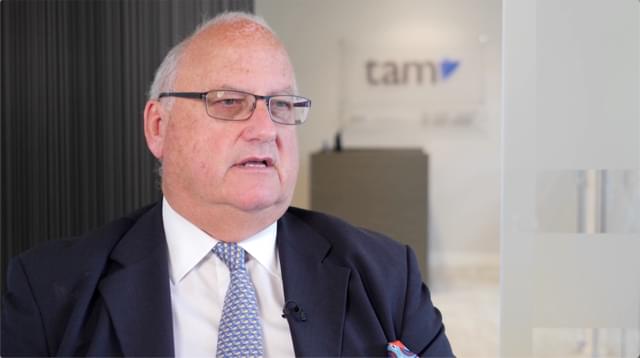Down The Rabbit Hole
Filed in: TAM |Investment |Pensions |Savings
11 October 2022

by Lester Petch - CEO TAM Asset Management
Most investors have exposure to open-ended funds and this week the IMF has issued a warning on the possible systemic risk posed by illiquid open-ended funds, the negative impact this may have and the possibility to destabilise prices and thus create harm for investors.
On the face of it, it’s a scary statement…but one that has been aired before. Indeed some 3-4 years ago the FCA itself issued a warning to the markets about the potential of a liquidity crisis destabilising the markets for unitised products, then related to corporate bond funds. A liquidity crisis is defined by a wish to sell when it is impossible to liquidate and receive cash. Mark my words the FCA will be coming out soon with its own warning.
Is it a real fear for clients? How deep does the rabbit hole go? I mean, wasn’t the Woodford debacle a liquidity driven event? The IMF is quite rightly warning of some danger ahead, but this is not to be read as an inevitability.
Recently, and for the fourth time in my investment career, selected property funds are “gate-ing”, that is not allowing sales or just making it harder to liquidate. Property is often used to diversify portfolios but with that comes the spectre of the inability to redeem assets in certain parts of the cycle. Indeed, the FCA has noted that historically, property funds, because of their potential illiquidity, should be deemed as higher risk. Not the asset itself, please note, but because of its liquidity. ‘Buyer beware’ was the clear warning.
The corporate bond market, as a bastion of diversification from equities, is back in the frame again. Two examples of why spring to mind:
Example 1 Bond market issuance over the pre-pandemic years was huge and swallowed eagerly by investors. Bonds were fashionable and in free supply. Market making and free capital for trading was easy to come by. But times change and books of capital to trade have been curtailed and, in many instances, the withdrawal of market makers has significantly reduced specific trading liquidity. Walk into a heavy sell off and you have possible liquidity constraints.
Example 2 In an attempt to diversify portfolios, clients/managers may have used more unusual, lower liquidity products to balance equities and fixed interest securities in their portfolios. As an example, there are many ESG bonds that are linked to “specialist” areas, low-cost housing, wind farms and similar. Great long-term investments but quick to lose liquidity. This is why, in some cases, the exit door for raising liquidity is a narrow one.
Even the investment trust market where prices are expressed as a premium or discount to real asset value is being affected. The last average discount to NAV I saw was 16%, reflecting a value of the trust that is 16% lower than its assets are really worth.
Transient lack of liquidity is not unusual in all aspects of investment life so should we be worried about TAM portfolios? TAM is a very conservative manager and whilst “you can never say never”, for years we have preached from the pulpit of liquidity. TAM own:
• NO property funds
• NO esoteric or low liquidity bond funds
• NO investment trusts
Liquidity is of paramount concern to TAM, we studiously avoid esoteric fund types that could lead to illiquidity. The rabbit hole can be deep, but TAM is merely peering over the edge of that hole and is not going to tumble in.
TAM is invested in high liquidity products and monitors all fund liquidity with a careful and detailed eye. The IMF, and surely the FCA to follow, are nonetheless warning of the potential for some funds to slip over the edge, down into the rabbit hole.
Further reading :
Learn more about TAM Asset Management
Learn more about TAM ESG Portfolios
